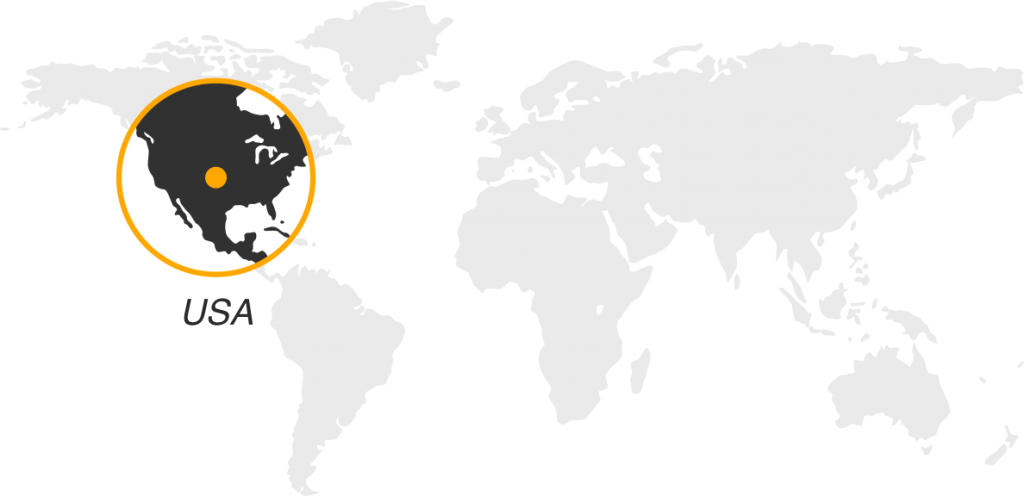
Professor at the University of Hawaii at Manoa (USA)
Ralf Ingo Kaiser was the first to propose the use of crossed molecular beams for the research chemical reactions related to interstellar chemistry at the most fundamental, microscopic level. The researcher has also influenced the astrophysical chemical community by using cutting-edge methods of molecular beam crossing, specifically to understand the physical and chemical processes in the formation of molecules in the extraterrestrial environments. In particular, reactions of carbon atoms in cyano and ethynyl radicals with unsaturated hydrocarbons in crossed beams have shown that complex organic molecules can form in interstellar clouds. This important discovery casts doubt on the commonly accepted opinion that it is mainly ion-molecule reactions in the interstellar space that are responsible for that.
The researcher's recent achievements, such as the elucidation of the ways of formation of aromatic molecules of indene and naphthalene in flames and interstellar space, conveniently demonstrate the novelty of his experiments. Prof. Kaiser has, in fact, created a new modern domain of physico-chemical research, i. e. methods of laboratory reaction dynamics in the gaseous and condensed phase have been used to research the problems of fundamental chemistry and physics in interstellar clouds and star formation regions, in planetary atmospheres related to a wide range of problems in such critically important disciplines as combustion chemistry and astrobiology.
Leading scientist's research interests: astrochemistry and astrobiology (interstellar space, Solar system chemistry, sugars, amino acids, dipeptides, DNA/RNA), planetary sciences (planetary atmospheres, bodies of ice, Kuiper belt objects, comets), reaction dynamics and kinetics (gaseous phase, condensed phase, levitating particles).
|
Hosting organization
|
Field of studies
|
City
|
Invited researcher
|
Time span of the project
|
|---|---|---|---|---|
|
Functional Quantum Materials Laboratory
National University of Science and Technology MISIS - (NUST MISIS) |
Physics |
Moscow |
Klingeler Rudiger |
2021-2023 |
|
Laboratory of the Spin Physics of Two-Dimensional Materials
Р.N. Lebedev Physical Institute of the RAS - (LPI) |
Physics |
Moscow |
Yakovlev Dmitriy Robertovich
Russia |
2021-2023 |
|
Laboratory for Microwave Photonics and Magnonics named after B. A. Kalinikos
Saint Petersburg Electrotechnical University «LETI» - (ETU LETI) |
Physics |
St. Petersburg |
Kostylev Mikhail Pavlovich
Australia, Russia |
2021-2023 |






